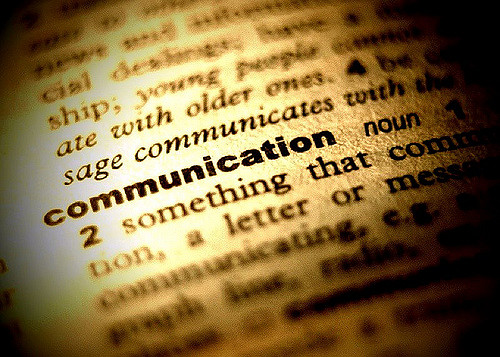How To Enhance Communication With Your Employees
If you believe that one reason productive companies are productive is because they do a good job of communicating from the top down, you’re not wrong. But if you believe terrific top down communication is the result of the “I talk and you listen” practiced by executives at most companies, you’re mistaken.
The greatest leaders, those committed to building faster organizations, know there’s no way to lead anybody anywhere — much less to do so quickly — without knowing where each person wants to go, how soon he wants to get there, what he is willing to invest to get to the destination and his level of commitment to the team. Consider the following suggestions for how to communicate in your company.
Check Yourself: People have really good BS meters. Don’t try to fake sincerity. If you can’t bring your head and your heart to the discovery conversation, you’re better off postponing or getting someone to help.
Timing is Everything: Don’t try to have a discovery conversation in an office or cube without privacy. Open doors, constant interruptions, devices ringing and pinging, and people poking in for a quick response to a question aren’t conducive to the flow you’re trying to achieve.
Be Vulnerable: Most people will at least temporarily suspend any sense of disbelief when you approach them with the following: “Carol, I think I’d be able to be a better leader and help you get to where you want to go if I knew a little more about you and learned where you want
to go and what you want to achieve in life. Can we spend some time talking about you?” In this case the two parties have both just made themselves a little vulnerable, the boss by saying she’d like to be a better leader and the employee by agreeing to the conversation.
Repeat What You’ve Heard: When you hear something that’s potentially important, use a small gesture to pause the conversation and say, “I want to make certain I understood what you just said. Did I hear correctly that ____?” When you repeat information, you’ll stand a better
chance of remembering it.
Tie Their Goal to Yours: When you know what people want to achieve, you’re able to (and should) employ every tactic of a great sports coach: Cajole, push, challenge, remind them of the championship they said they wanted to win, and passionately care about their getting to where they said they wanted to go.
What Are They Prepared to Invest? Once you’ve truly listened and heard about their hopes, dreams and aspirations, there’s a final question you need to ask: “What are you willing to do, what are the things you’re prepared to do to achieve what you say you want to achieve?” Their answers to questions about what they’re prepared to commit and undertake will speak volumes about their character.
Hear Them, Then Lead Them: No matter who you are, you’ll inspire more, motivate better, engage your team, and get people to put their hearts into being faster and following through when you ask great questions, learn everyone’s story, commit to helping them reach their
potential and connect the group’s goals to where each individual wishes to end up.




